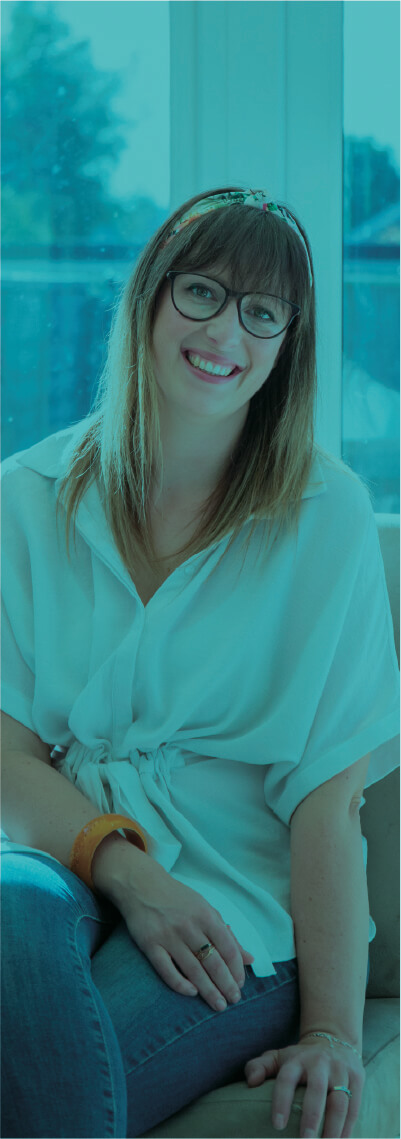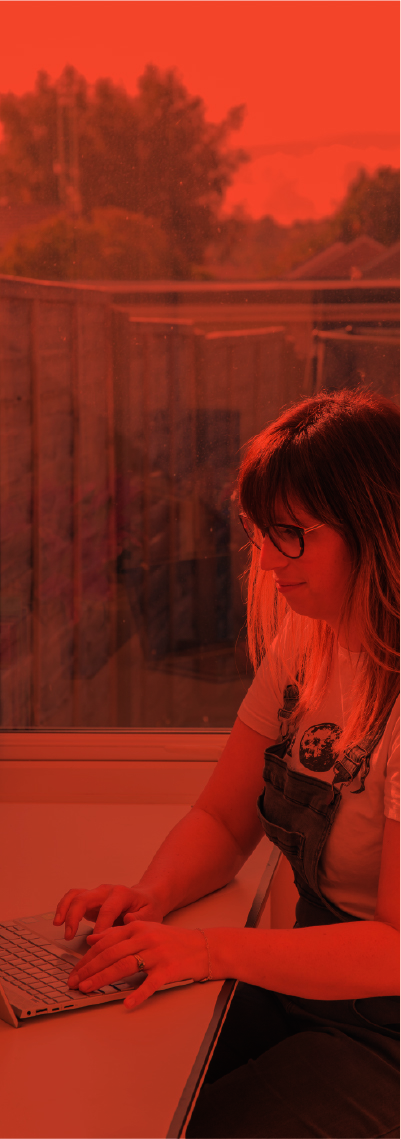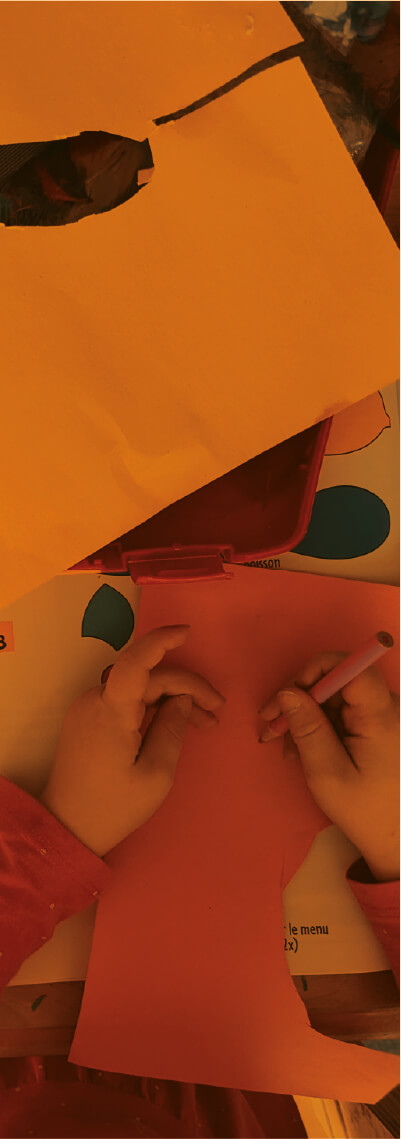
Sneaky Physio – You’re doing more than you think!
When it comes to delivering physio for our children at home, it can become something that we feel we should do. How many times have you thought “I really should do those exercises”? The trouble is, the more we tell ourselves that we “should” be doing it, the less motivation we have to actually get it done. That lack of motivation is felt by us as parents and also by our children.
Sneaking it in…
However, I think that we instinctively we do a lot more than we think we do. What we manage to sneak in day to day is way more than we realise, and if we can recognise those opportunities as therapy it really takes the pressure off. Having a few fresh ideas for sneaking therapy into your day and cutting yourself a bit of slack about the amount of structured therapy you do can work wonders for your motivation.
Sneaky physio can be as simple as moving something a little further away to allow your child to reach for it or repositioning yourself to your child’s most affected side. These are things that you probably do instinctively without being aware, which makes it easier to slip them into your day. When you sneak those snippets of therapy in on a regular basis, you will find that they probably add up to an hour or more a day.
We tend to have a preconceived idea that a physio session should look like an hour of following the worksheet of exercises provided. I’m not a big believer in physio sessions because I think they become tedious over time. Delivering them in short bursts, either spread out or in intensive sessions can work well but I think as families we start to put too much pressure on ourselves when we think we have to deliver physio in sessions. Some children respond really well to physio sessions, but others don’t and we don’t always have the energy to give to this type of delivery. On those days it is totally ok to give yourself a pass and realise that you are doing way more than you think you are doing.
Making those worksheets more fun…
So, if what you have at home is a worksheet of exercises, then making that into a fun game can sometimes be a bit of a challenge. I would suggest you look at what the exercise is trying to achieve and then think what opportunities for play there might be to get to the same goal. For example, shoulder bridge and superman exercises are really designed to work on core stability, glute strength and postural control. You can achieve the same strengthening by playing a reaching game in four-point kneeling position i.e., reaching high to grab a toy and then low to place it in a container. You could also work on glute strength by playing the same game in perch sitting position. When it comes to thinking of a game following my three-step approach can make it easier – choose a toy or piece of equipment, think of an activity that meets the need, and then select a position for play which supports their area of development.
To increase motivation for these games you could try:
- Rotating your toys – put some away for a few weeks and then swap them out to keep it fresh. You will know if you’ve ever tried to clear out some old toys, kids always engage with things they haven’t played with in months, usually just at the point you are ready to get rid of them!
- If you’ve tried rotating and need ideas for new toys to add to your toolkit, have a look in the Parent Platform where you will find lots of suggestions.
- Setting up the activity before you get your child to come and engage will make sure their motivation hasn’t disappeared before you’ve even started.
When we tap into the power of play we meet so many other learning needs such as speech and language, organising our bodies, communication and motivation. Instead of appearing like a therapy session, these activities just look like play, something fun to do, and will encourage a level of engagement that will increase your motivation to deliver it too.
Worksheets need to move aside in my opinion! Focus on what you are trying to achieve, decide how best to deliver that through positions for play, and trust your gut, you are probably doing way more than you give yourself credit for.
If you would like more information on this topic then head over to my free Facebook group The Parent Platform, where we discuss this and more in our weekly lives. I also offer a membership platform, The Therapy Toolkit Hub™, which is designed to arm you with knowledge, a supportive parent community and a host of information from a highly specialist children’s physiotherapist. I would love to see you in there!
Jo x







